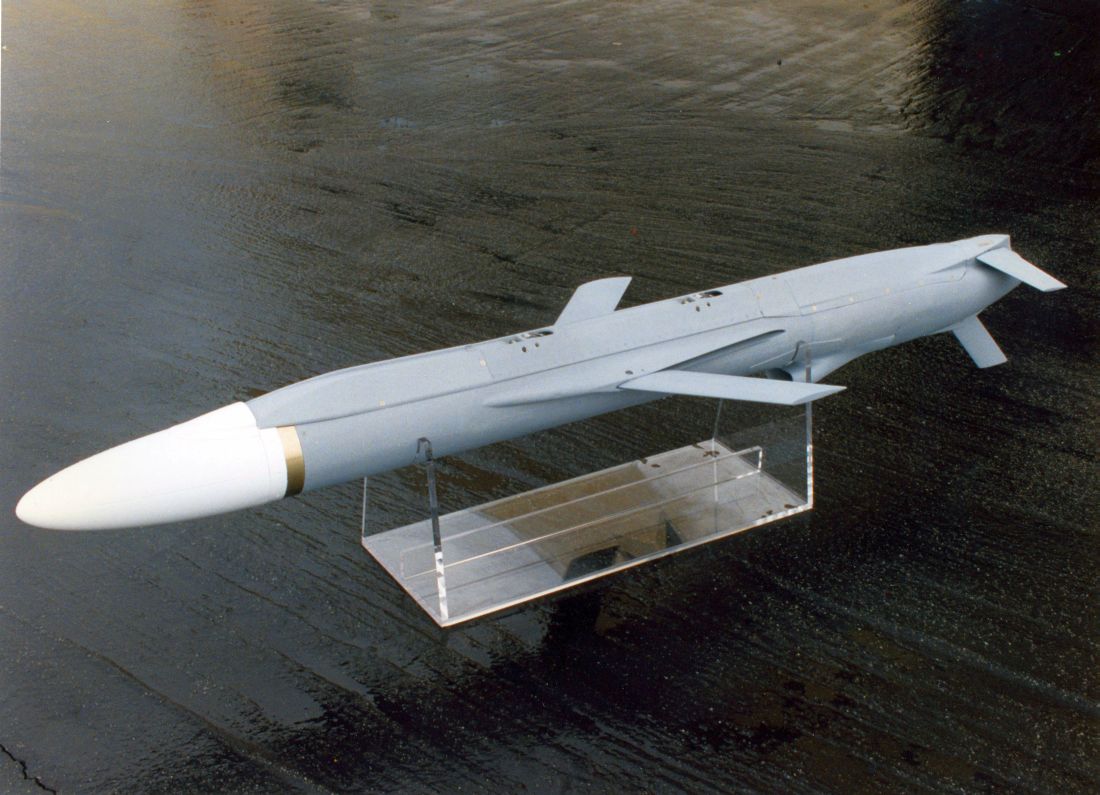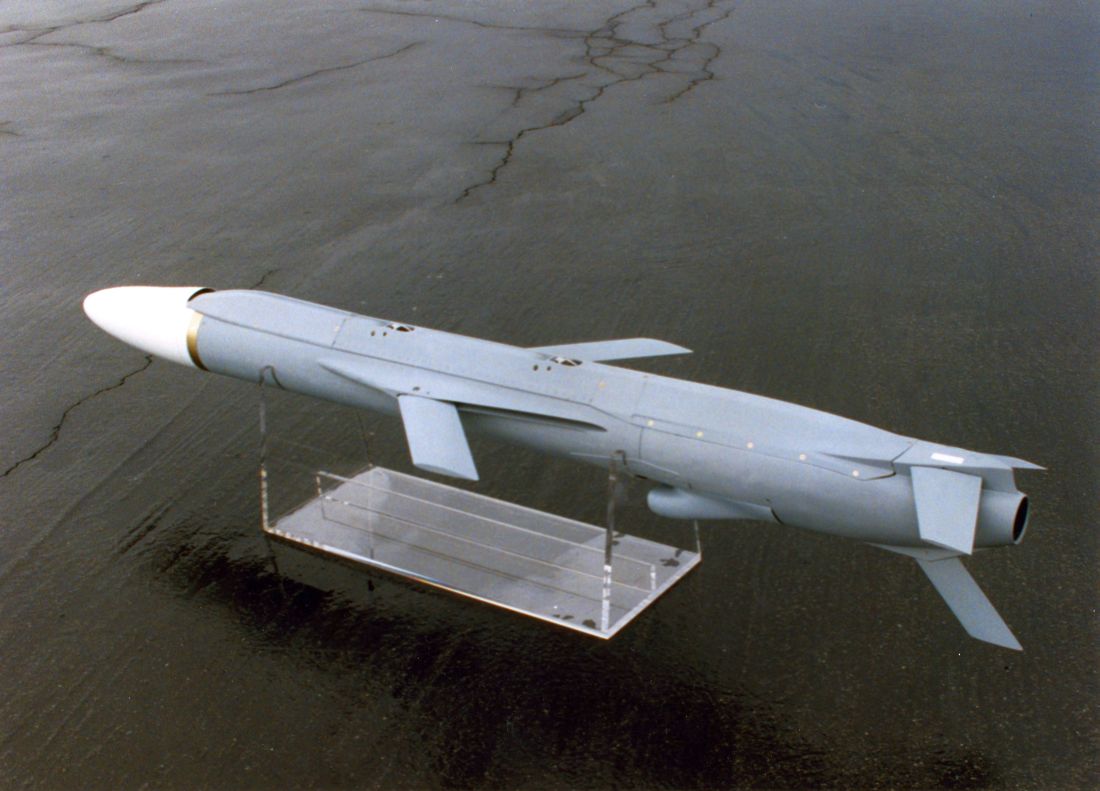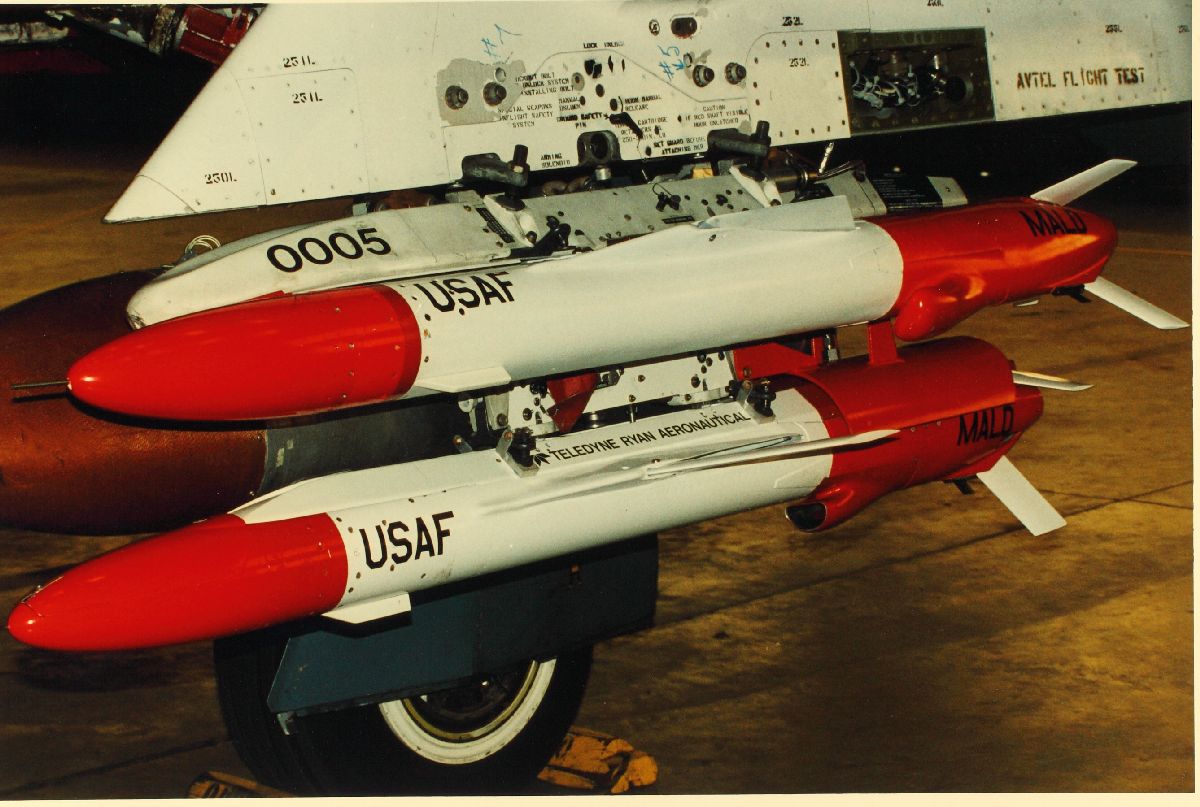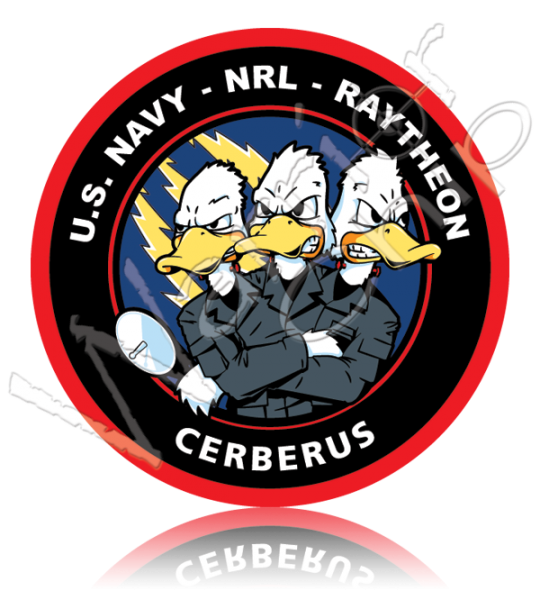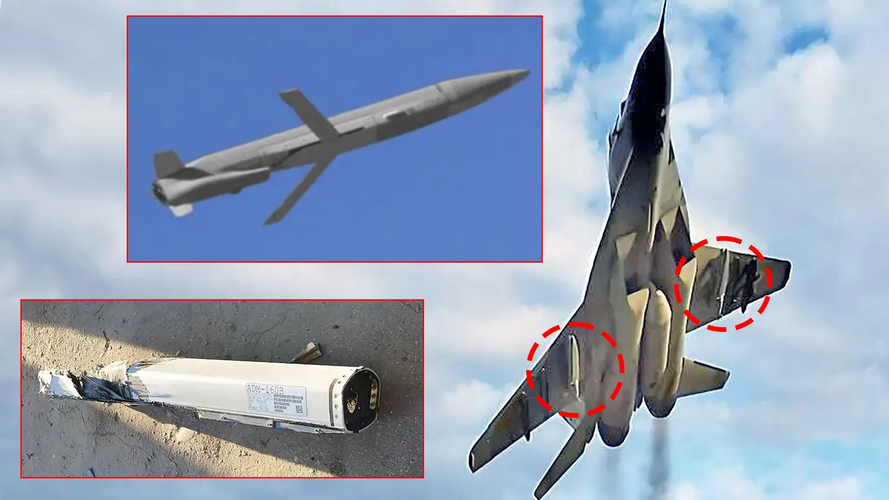seruriermarshal
ACCESS: Top Secret
- Joined
- 4 May 2008
- Messages
- 1,180
- Reaction score
- 574
OINT PACIFIC ALASKA RANGE COMPLEX, Alaska, Sept. 9, 2015 /PRNewswire/ -- The U.S. Naval Research Lab and Raytheon Company (NYSE: RTN) have demonstrated successful captive flights of a modular, rapid replacement architecture for electronic warfare (EW) payloads on the Miniature Air Launched Decoy-Jammer (MALD-J). The testing occurred during the biannual Northern Edge exercise in Alaska.
Called CERBERUS, four separately developed EW payloads were used in 12 operationally relevant missions. The interchangeable payloads, each customized for a specific mission and threat, were swapped onto the captive carry vehicle in less than one minute. The payloads were designed to be used on a MALD® vehicle.
"The CERBERUS design is cost-effective and expands MALD capabilities to address new missions and target sets. It's a sensible approach for mitigating payload obsolescence," said Dr. Jeff Heyer, head of Electronic Warfare Strategic Planning Organization at Naval Research Laboratory. "The design embodies the CNO's 'Payloads over Platforms' vision."
This four-year program, in collaboration with U.S. Pacific Command and Naval Air Systems Command (PMA-234), developed a payload system architecture integrated with a quick interchange structural connection. Together, they provide a match for the rapidly evolving electronic attack battle space.
The critical technology for the quick-attachment technique was borrowed from IndyCar racing technology. CERBERUS adapted the half-turn quick lock developed by Dallara, which has 40 years of expertise in producing some of the safest and fastest racing cars in the world. This design was altered to meet aerospace form factors and environmental requirements.
"The successful Military Utility Assessment during Northern Edge 15 demonstrated the CERBERUS design's capacity to expand MALD capabilities to address new missions and target sets," Heyer said. "There is a high-demand signal from the operational forces to deliver this capability to the warfighter now."
During Northern Edge, new tactics, techniques and capabilities are demonstrated for possible use in combat. A MALD vehicle was carried below a Sabreliner, with the payload controlled from within the aircraft cabin. This is an effective tool for evaluating payload performance, and allows for real-time control and data analysis during a flight test.
MALD-J is in full rate production for the U.S. Air Force. The U.S. Navy is evaluating development of MALD-N in the near future to conduct stand-in-jamming for their unique missions.
About MALD and MALD-J
MALD is a state-of-the-art, low-cost flight vehicle that is modular, air-launched and programmable. It weighs less than 300 pounds and has a range of approximately 500 nautical miles. MALD protects aircraft and their crews by duplicating the combat flight profiles and signatures of U.S. and allied aircraft. MALD-J adds radar-jamming capability to the basic MALD platform.
MALD confuses enemy air defenses by duplicating friendly aircraft flight profiles and radar signatures.
MALD-J maintains all capabilities of MALD and adds jamming capabilities.
Raytheon began delivery of MALD-Js in the fall of 2012.
http://www.prnewswire.com/news-releases/raytheon-us-navy-demonstrate-new-electronic-attack-architecture-using-mald-j-aerial-jammer-300136457.html
Called CERBERUS, four separately developed EW payloads were used in 12 operationally relevant missions. The interchangeable payloads, each customized for a specific mission and threat, were swapped onto the captive carry vehicle in less than one minute. The payloads were designed to be used on a MALD® vehicle.
"The CERBERUS design is cost-effective and expands MALD capabilities to address new missions and target sets. It's a sensible approach for mitigating payload obsolescence," said Dr. Jeff Heyer, head of Electronic Warfare Strategic Planning Organization at Naval Research Laboratory. "The design embodies the CNO's 'Payloads over Platforms' vision."
This four-year program, in collaboration with U.S. Pacific Command and Naval Air Systems Command (PMA-234), developed a payload system architecture integrated with a quick interchange structural connection. Together, they provide a match for the rapidly evolving electronic attack battle space.
The critical technology for the quick-attachment technique was borrowed from IndyCar racing technology. CERBERUS adapted the half-turn quick lock developed by Dallara, which has 40 years of expertise in producing some of the safest and fastest racing cars in the world. This design was altered to meet aerospace form factors and environmental requirements.
"The successful Military Utility Assessment during Northern Edge 15 demonstrated the CERBERUS design's capacity to expand MALD capabilities to address new missions and target sets," Heyer said. "There is a high-demand signal from the operational forces to deliver this capability to the warfighter now."
During Northern Edge, new tactics, techniques and capabilities are demonstrated for possible use in combat. A MALD vehicle was carried below a Sabreliner, with the payload controlled from within the aircraft cabin. This is an effective tool for evaluating payload performance, and allows for real-time control and data analysis during a flight test.
MALD-J is in full rate production for the U.S. Air Force. The U.S. Navy is evaluating development of MALD-N in the near future to conduct stand-in-jamming for their unique missions.
About MALD and MALD-J
MALD is a state-of-the-art, low-cost flight vehicle that is modular, air-launched and programmable. It weighs less than 300 pounds and has a range of approximately 500 nautical miles. MALD protects aircraft and their crews by duplicating the combat flight profiles and signatures of U.S. and allied aircraft. MALD-J adds radar-jamming capability to the basic MALD platform.
MALD confuses enemy air defenses by duplicating friendly aircraft flight profiles and radar signatures.
MALD-J maintains all capabilities of MALD and adds jamming capabilities.
Raytheon began delivery of MALD-Js in the fall of 2012.
http://www.prnewswire.com/news-releases/raytheon-us-navy-demonstrate-new-electronic-attack-architecture-using-mald-j-aerial-jammer-300136457.html

